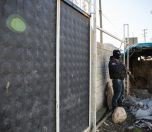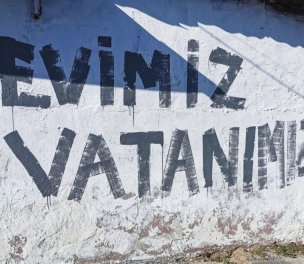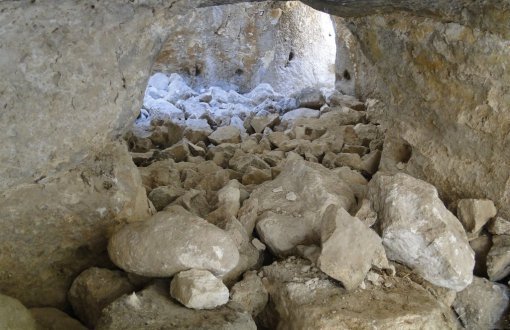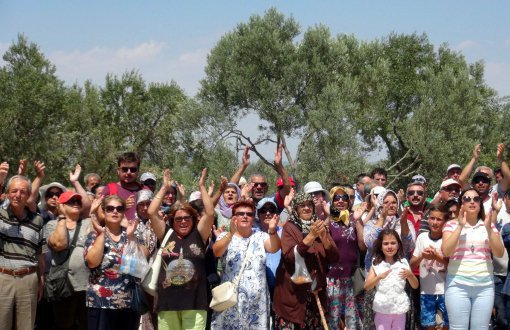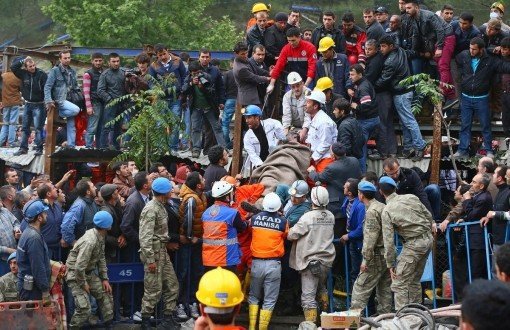Click here to read the article in Turkish / Haberin Türkçesi için buraya tıklayın.
The curfews continuing since September 6 in Sur district of Diyarbakır with short periods of revocation, cause not only civilian deaths but also the destruction of many constructions including historical artifacts in the district.
Reportedly at least 20,000 persons had to immigrate who had no security of their lives and had their houses destroyed all of which raise the doubt of an urban transformation to displace the residents by force in the district which had been announced a risked area in 2012 by Council of Ministers’ decision.
Diyarbakır Governorship’s statement to Habertürk daily regarding the matter has increased the concerns further. According to the news, except historical structures, none of the civil locations will be restored, a compensation will be paid to the beneficiaries and the destruction would rapidly be launched within the scope of urban transformation on the grounds of the precaution decision taken by Diyarbakır Governorship.
Sur district with almost 120,000 residents is second grade urban conservation area. In the district which is located on an 158,000 hectare area, there are 124 monumental and 410 registered civil architectural structures.
The urban transformation in Sur is a long-discussed issue. Housing Development Administration (TOKİ) had demolished 330 of 850 constructions in Alipaşa and Lalebey neighbourhoods of Sur district in 2010 within the scope of the urban transformation in collaboration with the Ministry and Municipality. The operation which had drawn the reaction of the community had later been stopped at the end of 2013.
Yet during this period, Sur district as a whole was declared a risk area under the scope of the Law No. 6306, also known as Disaster Law on December 4, 2012.
Armed conflicts will set ground for urban transformation
Merthan Anık, Chamber of Architects Diyarbakır Branch Director has stated their concerns to bianet regarding the Ministry rapidly declaring the constructions risked area and confiscate them on the plea of environment of armed conflict.
“We have known for a long time that there is an effort to open Sur to tourism within the scope of urban transformation and to gentrify. We could also presume that the current environment of armed conflicts would set ground to this operation.
“The community had shown a massive reaction against the project of urban transformation of Lalebey and Alipaşa neighbourhoods launched in 2010. The project had later been paused due to the reactions of the community to the Municipality which had to undertake the confiscation procedure although the project was run under the collaboration of the Ministry, TOKİ and the Municipality together.
Ancak şimdi çatışmaların buna zemin hazırlamasından endişeliyiz. On the grounds of the decision of risk area declaration at the end of 2012, all the authority and competence had been delegated to the Ministry. Yet due to the reactions of the community to the project, no progress had been made till today and they could only demolish a couple of buildings around Ulucami. Yet now, we are concerned that the armed conflict set ground for this project again.
Risk of confiscation without trouble
As of now, there is no official information from the Ministry on the issue. Yet we are concerned that all the buildings destroyed in this environment of armed conflicts will soon be given a risk certificate on the grounds of lacking security of life and property. Thus they can confiscate all the building together at once which causes much less trouble than making risk assessment for every single building and the people would not have the right to object.
“We have concerns that the real immigration would occur only then, because till now the residents had only left temporarily to return back yet later they may not have place to come back to.
What is going to be built instead of the buildings destroyed?
“Till today, the buildings destroyed have been confiscated and delivered to TOKİ on the grounds of the decision of risk area. Yet there is no master plan regarding what TOKİ is going to build instead.
The only obstacle the Ministry faces is the Construction Plan For Preservation revised by Diyarbakır Municipality in 2012. According to the plan, heights of the constructions are determined, traditional architecture should be used as a base and the historic fabric should be preserved. Yet the current situation is extraordinary and this multiplies the concerns. (NV/DG)






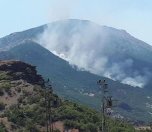


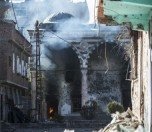
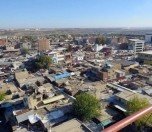
132.jpg)
